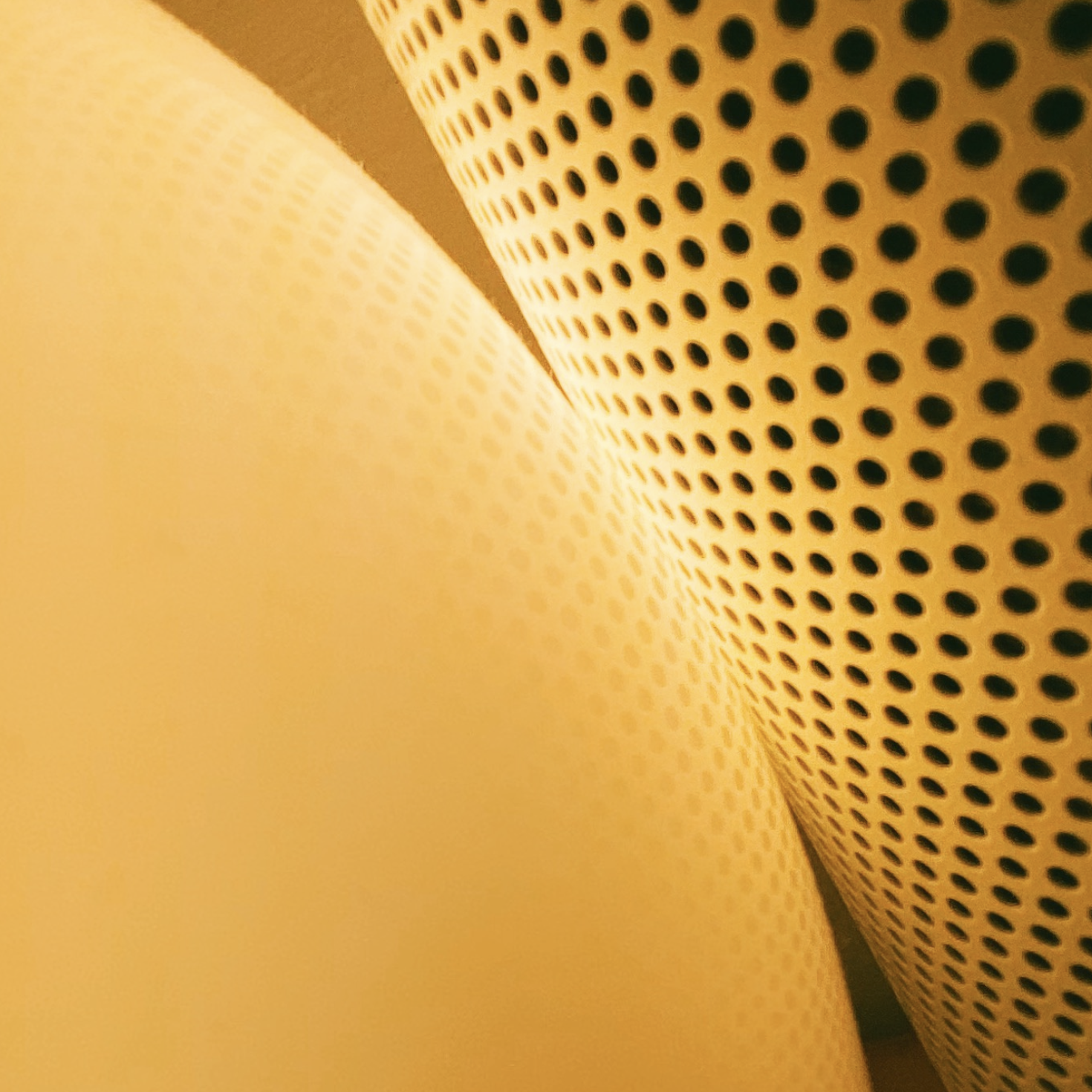Everyday, factory head faces various difficulties of their production. Other than their daily routines, they are also required to keep track of the production performance. Good thing is, thousands of intricate tools had sprouted out nowadays to address their workflow. To determine which of them can really benefit their factories and transformative, however, can be crucial.
Three factory difficulties: predict, reduce and enhance
Manufacturers require an efficient SOP to support their entire operation, from receiving orders to purchasing materials, followed by production assembly and final testing to shipping. However, the market and customers are ever-changing, which affects the orders received. Sales volume is the basis of production management, and if the actual situation deviates too much from the forecast, there will be a shortage of materials or stockpiling problems. The low volume high mix style of production has made things even more difficult. Therefore, factories need to be more agile in decision-making to cope with different situations.
Foxconn’s production management policies are “cost and inventory reduction, value and efficiency enhancement,” with cost reduction being the top priority. This shows its importance. Pursuing high production while using the least amount of material and energy consumption is also essential to operational performance.
Discovering the root causes of a bottleneck
You’ve done everything you can, but there’s no significant improvement. Why?
The Key to Improving Productivity
Few people expect that the key to improving productivity is by eliminating waste. “Waste” can take various forms, including idle time, defective items, re-processing, excess inventory, and overproduction. What every factory wants is to be precise in orders to reduce inventory and minimize waste. Factories should aim for flexible decision-making to cope with increased customization and accurate estimation of materials. Managers must also understand that “waiting creates no value,” so it is best to spend less time waiting.
Quality Control > (Increase Output + Reduce Cost)
We have several quality control methods such as OQC, QA, QC, IPQC, and in Industry 4.0, digital poka yoke is now taking the lead. While it’s important to care about output and cost, but we shouldn’t forget that quality control can actually help us achieve both.
New era of technology intelligence: AI x Digitial Poka Yoke
Automation was introduced almost a decade ago to address labor shortages, increase production efficiency, stabilize quality, and improve product accuracy. However, as of 2023, automation alone is no longer sufficient to drive digital transformation. As a result, digital poka yoke, AI vision, machine learning, and other transformation tools have emerged.
Digital Poka Yoke
Toyota first introduced the concept of poka yoke. During the operation process, operators may make mistakes from time to time. Error prevention means doing things right the first time, improving product quality, and reducing the waste of materials and labor. Today’s AI vision can notify operators when they do not follow SOPs and prevent defective products from proceeding to the next station.
Collecting data and finding the root cause of the problem has indirectly cost us a lot of time. We need an effective tool with a clear interface to efficiently analyze and consolidate important information. It should be a management platform that managers can understand at a glance, so as to simplify operational processes and optimize management.
The ideal shop floor and the challenge
Smart factory management will face challenges if there’s no sufficient shop floor data. Without enough data, the IE team cannot determine the average cycle time or design an effective SOP. Additionally, there are no alerts when an error occurs in the production line. The state of equipment in the factory is also unknown; it is unclear whether they are close to burnout or if there are any unexpected problems on-site that require immediate attention.
To pursue ideal smart manufacturing, managers should know
- the real-time information about the factory
- the standard working hours of the workstation
- the current equipment status of the factory
When transformation tools deconstruct human power?
“Human plus AI is the perfect combination.”
The idea was shared by Lu Junyi, a former factory manager and current AI system consultant with nearly 30+ years of experience in the manufacturing industry.
Despite fears of being replaced by robots, the introduction of automation can be viewed as a supercharger for human productivity. Limiting ourselves by worrying about these tools is not worthwhile. Lu also believes that AI is an extension of human awareness. These advanced technologies simplify tedious routines and make factory operations simpler and more flexible.





